As electricity rates rise and grid reliability becomes a concern, many homeowners with solar panels are asking the same question: Is a Solar Battery Backup System Worth the Investment?
While the upfront cost is significant, viewing it as a long-term investment in your home’s energy independence and financial future reveals its true value. A battery system transforms your home from a simple energy consumer into a smart, resilient, and efficient power hub.
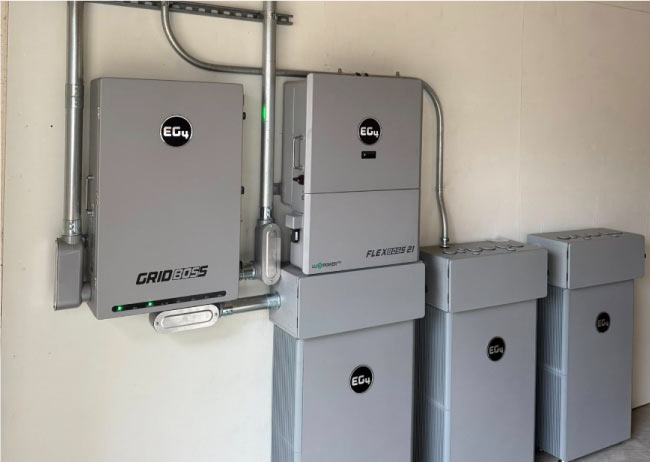
Understanding the Upfront Cost of Battery Storage
The initial cost is the biggest hurdle for most homeowners. A professionally installed, high-quality system can range from $10,000 to over $16,000, depending on the brand and capacity.
Here’s a look at some popular options:
- Tesla Powerwall 3: Typically costs between $12,000–$15,000 installed.
- Enphase IQ Battery 10T: Ranges from $11,000–$14,000 installed.
- Generac PWRcell: Can cost between $10,000–$16,000 for a modular setup.
These prices reflect not just the battery itself but also the sophisticated hardware and expert installation required for a safe and efficient Battery Storage system.
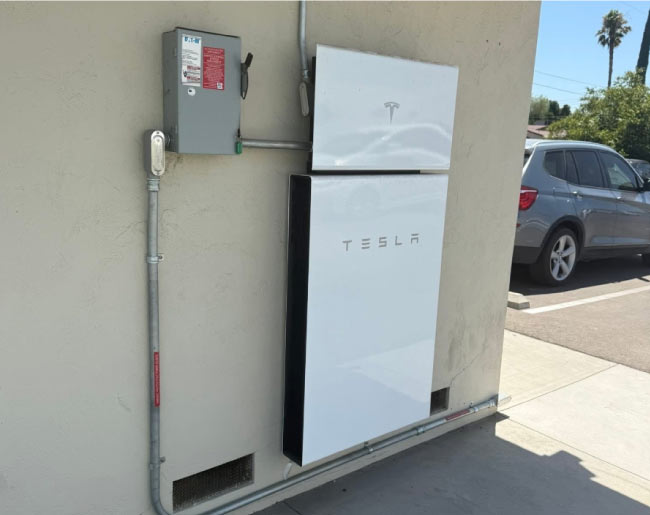
How a Solar Battery Generates a Return
The financial return from a battery comes from significant long-term savings and enhanced energy control. It’s more than just backup power; it’s a strategic tool for managing your home energy costs.
Combatting Peak-Hour Electricity Rates
Many utility companies in California use “time-of-use” billing, where electricity costs are 2-3 times higher during peak hours, usually from 4 p.m. to 9 p.m. A solar battery allows you to store the cheap solar energy you generate during the day.
You can then use that stored power during expensive peak hours instead of buying it from the grid, drastically reducing your monthly bills.
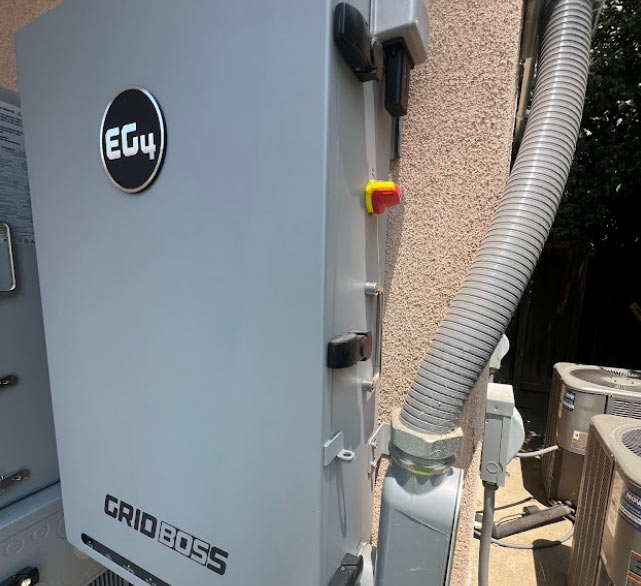
Gaining Uninterrupted Power During Outages
In areas prone to grid failures or wildfire-related shutdowns, a battery provides invaluable peace of mind. It can keep your critical circuits—like refrigeration, lights, medical equipment, and HVAC—running seamlessly when the grid goes down.
For many, the security of having reliable power makes asking “Is a Solar Battery Backup System Worth the Investment?” an easy question to answer.
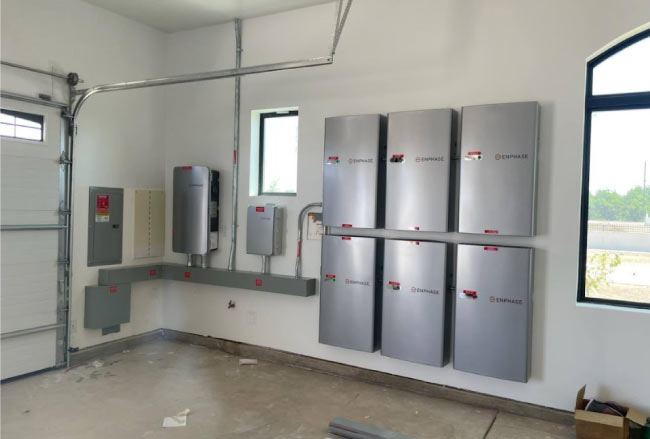
Achieving Greater Energy Independence
A battery reduces your reliance on the utility grid, giving you more control over your power supply and costs. When paired with a robust Solar Panel Installation, a battery can be configured for full off-grid backup, making your home a self-sufficient sanctuary. This level of control is a key component of modern Smart Home Systems.

Calculating the Payback Period
The time it takes to recoup your initial cost varies, but most homeowners see a full payback within 8 to 13 years. This timeline can be shortened significantly by the 30% Federal Investment Tax Credit (ITC), which applies to both solar panels and battery storage systems.
A consultation with an experienced installer, such as A-1 Contractors, can help you obtain a precise estimate based on your energy usage.
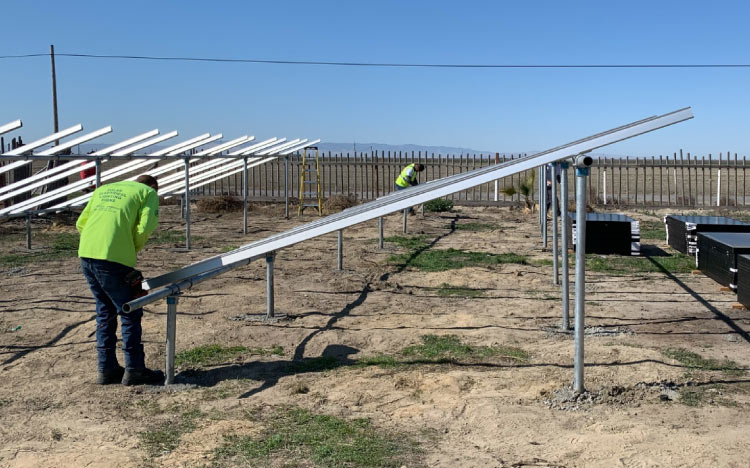
As electricity rates rise and grid reliability becomes a concern, many homeowners with solar panels are asking the same question: Is a Solar Battery Backup System Worth the Investment?
While the upfront cost is significant, viewing it as a long-term investment in your home’s energy independence and financial future reveals its true value. A battery system transforms your home from a simple energy consumer into a smart, resilient, and efficient power hub.

Ultimately, the answer to “Is a Solar Battery Backup System Worth the Investment?” is a resounding yes for homeowners looking for financial savings, energy security, and independence from an unpredictable grid. It is an investment in the future of your home.
Frequently Asked Questions
How long do solar batteries last?
Most modern lithium-ion solar batteries, like the Tesla Powerwall and Enphase IQ Battery, come with a 10 to 15-year warranty and are designed to last even longer. Their lifespan is typically measured in cycles, with most lasting for thousands of charge and discharge cycles before their capacity begins to degrade.
Can I add a battery to my existing solar panel system?
Yes, in most cases, you can add a battery to an existing solar panel array. This process is known as retrofitting. AC-coupled batteries are generally easier to add to existing systems, while DC-coupled batteries are often installed at the same time as the panels. A qualified installer can assess your current setup for compatibility.
How much power can a home battery provide during an outage?
The amount of power depends on the battery’s capacity, which is measured in kilowatt-hours (kWh). A system like the Tesla Powerwall 3 has a usable capacity of 13.5 kWh, which is enough to run essential appliances like a refrigerator, lights, and medical devices for many hours or even days, depending on your consumption.
Will my solar panels still work during a power outage if I don't have a battery?
No. For safety reasons, standard grid-tied solar panel systems are designed to automatically shut down during a power outage to prevent sending electricity back to the grid where workers may be making repairs. A battery storage system is required to isolate your home from the grid and use your solar power during an outage.
What's the main difference between AC-coupled and DC-coupled batteries?
The difference lies in how they connect to your solar energy system. DC-coupled batteries store DC power directly from the solar panels before it’s converted to AC for your home. AC-coupled batteries store AC power after it has been converted by the solar inverter. Each has pros and cons regarding efficiency and installation complexity.

